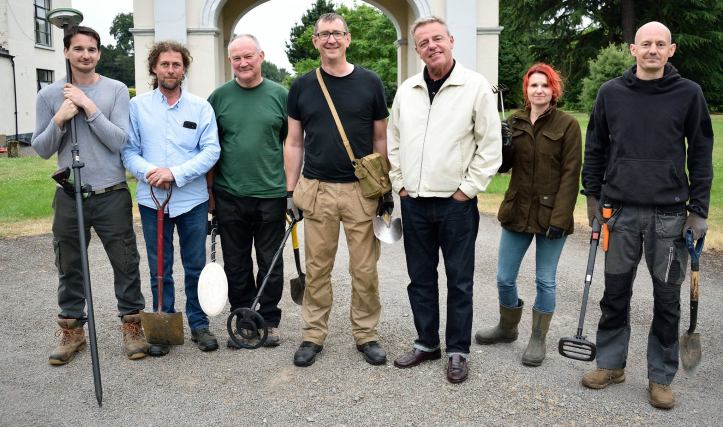 My interest in World War Two grew, like many a young lad in the 1970s, from building plastic model kits. My favourite were always the aircraft of World War Two, both Allied and Axis, and the ceiling of my bedroom was full of them. They hung on cotton threads in perpetual mock dogfights with their adversaries.
My interest in World War Two grew, like many a young lad in the 1970s, from building plastic model kits. My favourite were always the aircraft of World War Two, both Allied and Axis, and the ceiling of my bedroom was full of them. They hung on cotton threads in perpetual mock dogfights with their adversaries.
When I was nine years old, my father bought me my first book about World War Two, and so began a far deeper interest in the conflict. I would scour charity shops and library sales, looking for anything World War Two. I read them all, cover to cover, digesting the details of every battle, every decision, every mistake made during the conflict.
Collecting books and learning about the war is a passion that has yet to diminish, and those original books have now been joined by hundreds more over the years. However, it was a trip to Normandy in the early 1990s that proved to be a real turning point in my understanding and knowledge of the war.
I was on a camping holiday with my first wife and children, dragging them around every museum and World War Two site I could find. On the last day I gave them all a break, and just stayed in the local area, the beach at St Aubin sur Mer. There was quite a breeze blowing and the waves were crashing onto the beach. My son and I were sat on the sea wall, watching the waves, when he suddenly jumped up and ran to the edge of the surf, picking something up out of the sand. He ran back to me, his fist firmly clenched, and a big grin on his face. Slowly uncurling his fist he held up a brass cartridge case. I took it from him and looked at it, not knowing how to identify it or even what calibre it was. Given where we were I was certain it had been involved in the war and I could even pinpoint the battle it was fired in. It was then I realised the last person to touch this cartridge case was someone who had actually been involved in the war. It had it’s own history.

That was it. The moment I realised how important that object was as a historical artefact, and indeed every item from World War Two that was still out there, waiting to be found.
A few weeks later I was the proud owner of a basic metal detector and began my hunt for relics from the conflict. The next few years were spent recovering beer cans, ring pulls, condom wrappers and fag packets but all my time and effort over the years paid off. Now with the right research identifying a World War Two site is relatively straight forward and I can get out and find the history instead of waiting for it to come to me.
After 20 years of recovering World War Two relics, I have built up a substantial collection, along with a vast knowledge of every bit of kit you could think of. I helped form a group where the knowledge could be shared about recovered items and sites, the World War Two Relic Retrieval & Preservation Group, with regular group digs we have recovered an incredible amount of relics over the years.
I now have been given the opportunity to share that history and knowledge with the world through my new television series, ‘WW2 treasure Hunters’, aired on the History Channel, with Suggs as my co-presenter. We visit WW2 sites to recover relics and tell the stories of the personnel based there through the relics we find, archive footage and interviews with veterans. We had a couple of fantastic field archaeologists on hand to help us record and catalogue finds, along with members of the WW2 RRPG to help with the digs.
